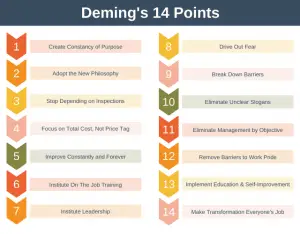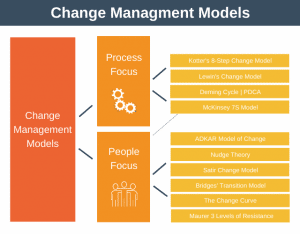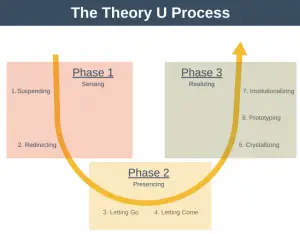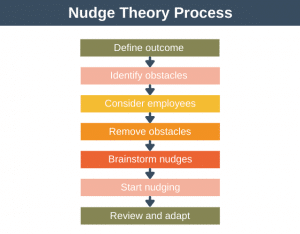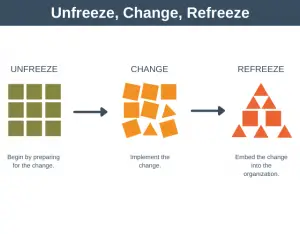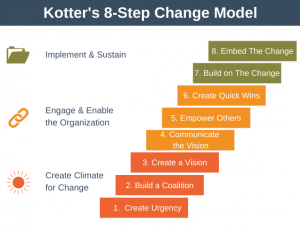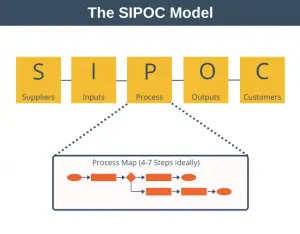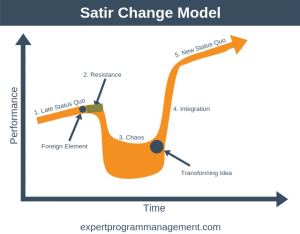Want a simple yet objective way to measure the likely success of a project or change initiative? If you answered yes to that question then the DICE Framework, developed by the Boston Consulting Group, may be just what you need.
In the past 50 years thousands of books have been written about change management. This is because change management is hard. It is also complex with no two change initiatives having the same factors in play.
In recent years many of these books have focused on the soft factors which affect the outcome of a change initiative such as communication, employee motivation, visionary leadership a la Steve Jobs, employee culture etc etc.
Whilst these soft factors do have an impact on project outcomes, what the Boston Consulting Group found through research, is that it is the hard factors where management should focus most. Essentially, if you don’t pay attention to the hard factors then the soft factors won’t get the chance to raise their head as issues to address in the first place.
One advantage of the hard factors is that they are easy to measure either directly or indirectly, and because they can be measured then they are relatively simple to influence. By measuring and then impacting positively the hard factors, organizations can increase the chances of project success.
What exactly are these hard factors? They are project elements such as the estimated length of the project, the competency of those people working on the project (known as the project integrity), the commitment of both employees and senior management to make the change happen, and also the additional effort required from employees above and beyond normal workloads to implement the change.
The 4 DICE Framework Factors
There are four factors in the DICE equation, each one representing a letter making up the word DICE, defined as follows:
- Duration: the duration of the initiative or the length between milestones/reviews, whichever is shorter.
- Integrity: the team’s performance integrity, their skill level relative to the project’s requirements.
- Commitment: rates the commitment level of both senior managers (C1) and employees (C2) to making the change initiative happen.
- Effort: the effort in addition to usual work the the project requires of employees.
Now that we understand the individual factors let’s take a look at the DICE equation:
What Does it Mean?
Before we look at what specific DICE scores mean, there are a couple of points to note about the equation. Firstly, each factor should be scored between 1 and 4 using fractions if appropriate. This means C1 and C2 must total 4, maximum. Secondly, note that particular importance is placed on team Integrity and management Commitment as both of these factors are doubled within the equation.
What you need to know about the DICE Project Score is that the lower the score the more likely the project is to succeed. Note that 7 is the lowest score possible whilst 24 is the highest score possible. Each DICE Project Score will fall within one of the following three buckets:
- WIN: initiatives with scores between 7 and 13 are very likely to be successful and considered to be in the Win zone.
- WORRY: initiatives with scores between 14 and 17 are in the Worry zone, and action should be taken to move them to the win zone.
- WOE: initiatives with scores between 18 and 24 are in the Woe zone. These projects are very risky and highly likely to fail, and strong action should be taken to address the four influencing hard factors immediately if we want to increase the likelihood of success.
Summary
Originally developed by BCG (Boston Consulting Group) the DICE framework gives senior leaders and change leaders a tool to enable them to worry about the right things, for example, by thinking about the four factors we can clearly see that the time between each project review is more important than the total length of the project. The DICE framework also projects a means of communicating to the project steering board that a project is likely to fail even at the very early stages of a project.

